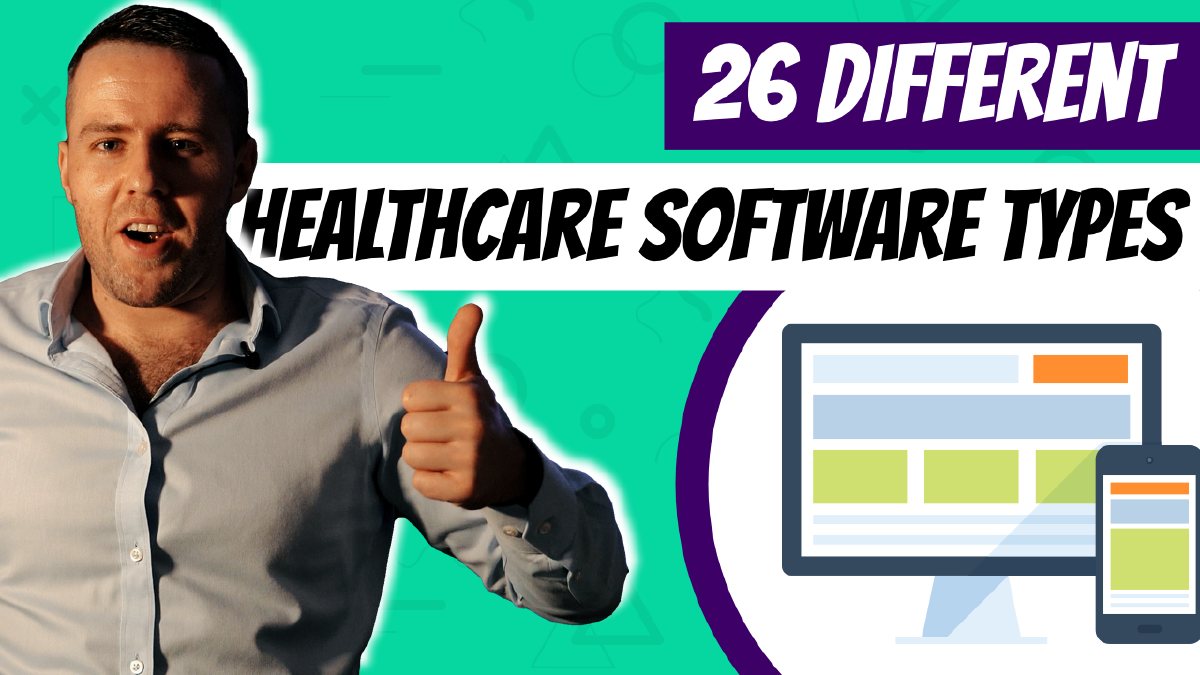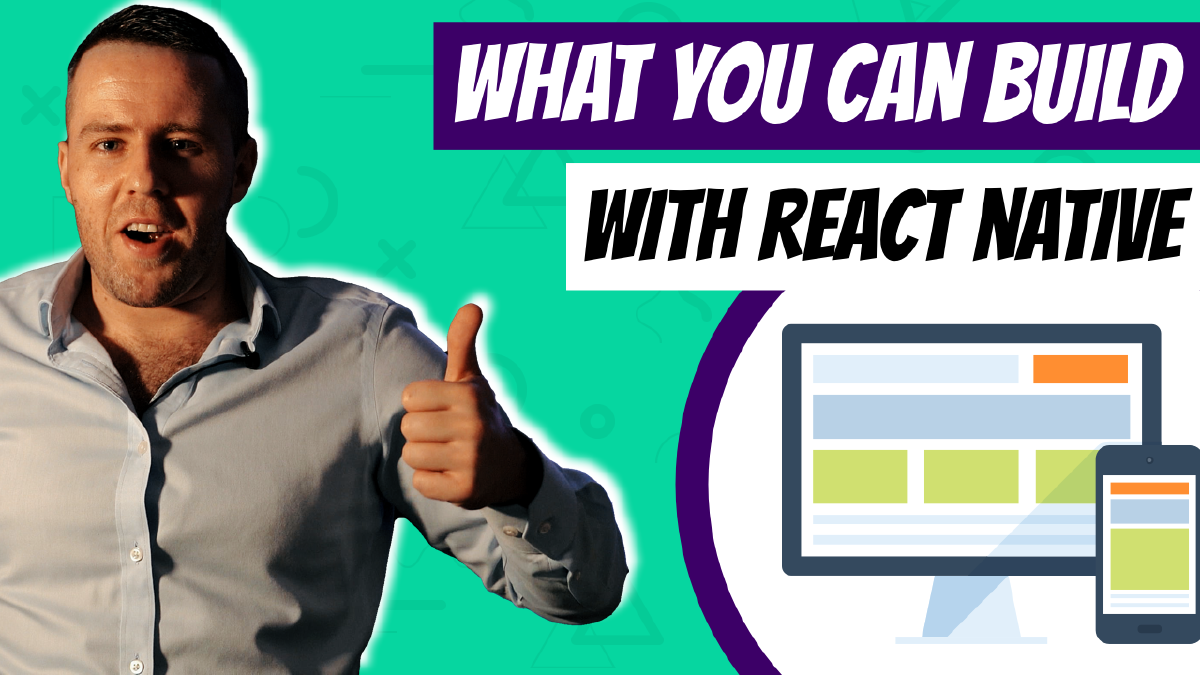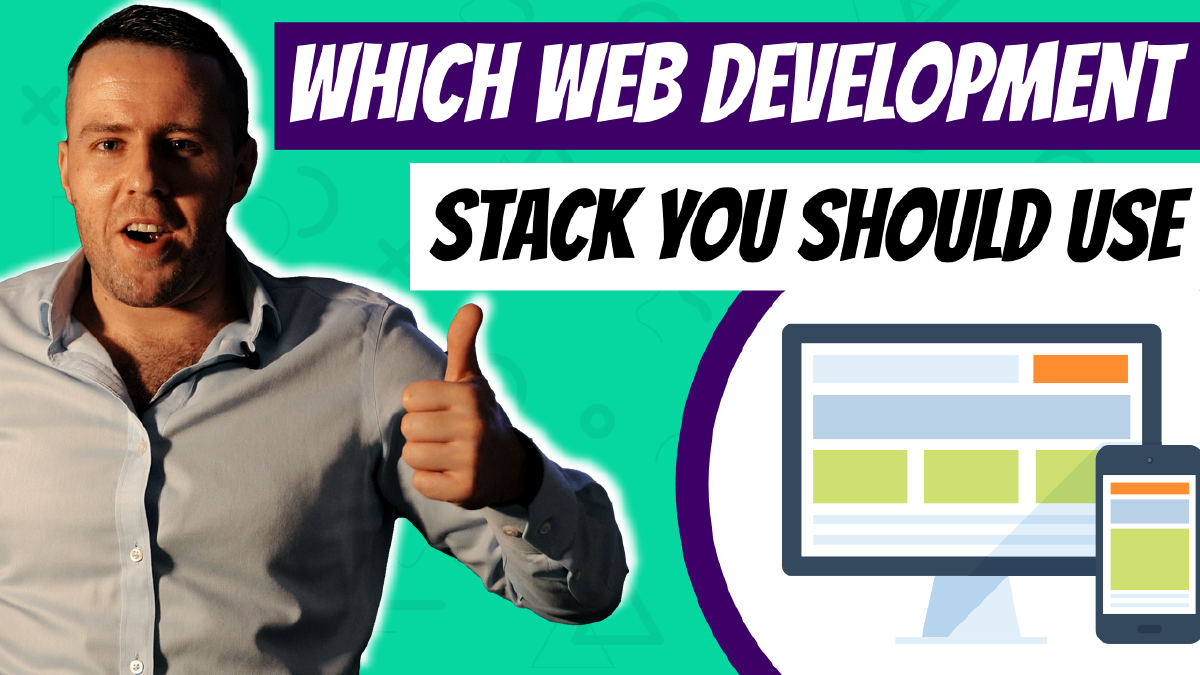Healthcare software is becoming more and more popular as the healthcare industry grows. There are many different types of healthcare software, and each one serves a specific purpose in the healthcare industry.
Medical software programs are used by healthcare professionals to manage patient records and track medical information. These programs can include everything from patient histories to drug interactions. Health software manages healthcare providers’ schedules and contact information and tracks payments and billing information.
Each type of healthcare software has its own unique benefits and drawbacks. It is essential to understand the different types of healthcare software before selecting the right program for your needs. In this article, you will learn about different types of healthcare software.
What is healthcare software, and what are its benefits?
Healthcare software, also known as medical software programs, are computer applications used by healthcare professionals to manage records and track information.
These healthcare software programs allow healthcare providers to track patient histories and medical records better, reducing the risk of misdiagnoses or incorrect prescriptions being written. It also gives healthcare providers more time to spend with patients than doing administrative work.
Types of healthcare software
Health tracking
Health tracking software is used to track and monitor a person’s health data. This data can include everything from weight and BMI to blood pressure and cholesterol levels. Healthcare professionals can use health tracking software to help patients manage their health or individuals to track their own health data.
Health tracking software can be valuable for healthcare providers and patients alike. It can help healthcare providers identify potential health problems and make necessary adjustments to the patient’s care plan. For patients, health tracking software can provide a valuable snapshot of their overall health and help them see where they need to make changes in their lifestyle.
There are many different types of health tracking software available, so it is important to find one that meets your specific needs.
E-prescribing app
An e-prescribing app allows healthcare providers to electronically prescribe medication. This is beneficial for healthcare providers because it reduces the chance of incorrectly prescribing medication, leading to incorrect dosages or serious medical problems.
Additionally, healthcare providers can use an e-prescribing app to access patient records, manage insurance information, and communicate with patients electronically. An e-prescribing app can save healthcare professionals valuable time by allowing them to complete administrative tasks without having to leave the office.
Hospital management software
Hospital management software is used to manage healthcare facilities. This includes tasks such as managing staff, patient scheduling, and cost accounting. Additionally, healthcare facility software can be used to track assets and inventory.
Pharmacy management software
A pharmacy management system is designed specifically for pharmacies or other healthcare facilities that handle pharmaceutical prescriptions. It allows healthcare providers to process prescriptions electronically, reducing medication errors while increasing efficiency.
Patient portal
A patient portal is an online account created by healthcare providers specifically for patients. Patients can log in to their accounts on the patient portal website using a username and password they create when they sign up for their healthcare provider’s services. A patient portal gives patients more control over their healthcare by viewing healthcare records and requesting appointments.
Patient portals can also be used to allow patients to refill their prescriptions or communicate with healthcare providers electronically.
Clinical decision support software
Clinical decision support software, often referred to as clinical documentation systems, is designed for healthcare providers to document a patient’s medical history. It not only helps healthcare professionals remember important facts about a patient’s condition and treatment. It also provides information on diseases and conditions that may fit the symptoms being presented by the patient.
In addition, healthcare facilities can use clinical documentation systems for tasks such as credentialing new healthcare providers and managing financial accounts. They can also be used in conjunction with health-tracking software.
Patient management software
Patient management software is used by healthcare facilities to automate administrative tasks related to patient care. It can be used to track medical insurance, manage appointments and billing, collect healthcare payments, accept healthcare documents such as lab results and medical reports, and much more.
Healthcare management software
Healthcare facility management software is designed for healthcare managers to use in their daily workflows. This type of healthcare software includes features that allow healthcare managers to handle many different kinds of tasks all from one centralized system, including:
- managing staff and scheduling
- overseeing the budget and expenses
- identifying potential problems through risk management
- planning renovations and expansion
- analyzing energy consumption
- developing marketing campaigns
- conducting research on industry trends
- managing inventory and assets
- tracking regulatory compliance
- and more
Overall, healthcare facility management software is designed to increase efficiency and improve healthcare operations by streamlining healthcare managers’ daily tasks.
Health information exchange (HIE)
A healthcare information exchange (HIE) is a network that allows healthcare professionals to access patient records and communicate with other healthcare providers electronically to improve the quality of healthcare services. HIE networks can be used in both inpatient healthcare settings and outpatient clinics, and they provide benefits such as:
- increasing collaboration among health care teams
- making data reporting easier
- identifying medication allergies or prescribing errors early
- reducing medical errors by preventing duplicate tests
- incorrect dosages, etc.
- speeding up the transfer of electronic medical records between healthcare facilities
Medical billing systems
Medical billing systems are used by healthcare providers and healthcare facilities to automate essential healthcare billing tasks and process medical and health insurance claims. They can be designed for any healthcare provider, from individual healthcare professionals such as:
- physicians
- chiropractors
- acupuncturists
- physical therapists
- massage therapists etc.
- dentists
Billing can be provided to larger organizations such as hospitals or healthcare facilities that provide medical care on a much larger scale.
Electronic health records (EHR)
As of 2015, more than half of American healthcare providers use electronic health records (EHRs). EHRs store patient information in digital form, so it’s easily accessible by healthcare providers when needed.
This makes it easier for healthcare professionals to access critical patient data quickly and ensure they have all the information they need to provide the best healthcare possible.
It also helps healthcare facilities manage patient records and electronic medical charts, making it much easier and more efficient to use in healthcare settings.
Healthcare CRM software
Customer relationship management is used by healthcare professionals to:
- manage healthcare marketing campaigns
- analyze healthcare data and trends
- improve healthcare services
- manage healthcare providers’ business contacts
- generate healthcare sales leads
- track customer feedback and more.
Healthcare business intelligence and analytics
This type of software is used to:
- develop healthcare data reports that healthcare professionals can use to analyze industry trends
- capture customer feedback
- improve healthcare services, etc.
PACS (picture archiving and communication system)
A PACS is an electronic system used by healthcare facilities to store medical images such as x-rays, CT scans, MRI scans, ultrasounds, etc.
So they’re easily accessible in healthcare settings.
Medical practice management software
As the healthcare industry continues to grow, more and more physicians are looking for ways to streamline their business operations to provide quality healthcare services while still keeping up with all the important administrative tasks that need to get done every day.
For this reason, there’s a growing demand for medical practice management software that helps doctors keep track of patients’ billing information, maintain healthy cash flow, and manage incoming payments.
Patient medical records
Patient medical records are the healthcare equivalent of a patient’s chart, which is basically a record of everything from their healthcare history to what kinds of healthcare services they’ve received in the past.
Medical coding
Medical coders determine the appropriate healthcare procedure codes and supply them to billing staff, who then use them to submit healthcare claims and bills for reimbursement. The more accurate these procedure codes are, the more likely healthcare providers will get paid on time and avoid insurance payment denials altogether.
Without medical coders, healthcare providers would have a tough time keeping track of all their billing information and ensuring they receive payment for all the healthcare services they provide.
Healthcare patient relationship management (PRM) software
Healthcare PRM technology is used by healthcare facilities and healthcare professionals to develop healthcare data reports to analyze industry trends, capture customer feedback, improve healthcare services, etc. This type of software also helps healthcare providers manage their patient relationships and communicate with patients more efficiently.
HIPAA compliance software
As the healthcare industry grows and becomes more complex, medical facilities need HIPAA (the Health Insurance Portability and Accountability Act ). Compliant medical software helps them keep track of all the essential administrative tasks to provide quality healthcare services.
HIPAA compliance software also helps healthcare organizations manage healthcare data security, comply with healthcare privacy laws, etc.
AI diagnosis software
AI diagnosis software is healthcare software that uses artificial intelligence and machine learning to help healthcare professionals diagnose and treat patients.
Mobile health (mHealth)
mHealth or mobile health apps are programs designed specifically for smartphones and tablets.
They allow healthcare providers to:
- access important information like patient medical records
- store electronic medical images
- track patient progress
- collaborate with healthcare colleagues
- communicate with patients, etc.
Point of care technology (POCO)
Point of care technology (POCO) is healthcare software that healthcare professionals use to access critical healthcare information at the point of care where healthcare decisions are made.
POCO provides an easy way for medical providers to access patient records, track their progress, collaborate with colleagues, and communicate with patients. This type of technology also makes it easier for medical facilities to manage their HIPAA compliance and remain in compliance with privacy laws.
Telemedicine healthcare software
Telemedicine healthcare software is healthcare software that healthcare providers use to provide healthcare services via remote communication methods like phone calls, videoconferencing, etc.
This type of healthcare software allows healthcare providers to connect with patients more conveniently and efficiently. Telemedicine healthcare software also helps healthcare providers manage their patient relationships and communicate with patients more effectively.
Remote patient monitoring (RPM) healthcare software
Remote patient monitoring (RPM) is healthcare software that allows medical facilities to manage chronic diseases and keep track of their patient’s health conditions.
Using RPM technology, medical providers can access relevant information like vital signs, weight changes, etc., share relevant data with healthcare staff members through secure messaging, receive alerts when significant changes in a patient’s healthcare condition, etc.
Lab information management system (LIMS) healthcare software
Lab information management system (LIMS) healthcare software is a type of healthcare software that allows healthcare organizations to automate their medical laboratory testing operations.
The data generated by the LIMS helps healthcare facilities with tasks like:
- generating reports for patients’ test results
- requisitioning tests from outside or in-house laboratories
- tracking down lost samples, etc.
This technology also helps healthcare providers manage samples with speed and accuracy.
Health scheduling software healthcare software
Health scheduling is software providers use to schedule patient appointments and keep track of all the critical information related to each patient’s appointment. This helps medical facilities maintain accurate and up-to-date patient records with minimal effort.
Contact us today if you’re looking for healthcare software that can help you manage your healthcare organization more efficiently. We specialize in software development and can create a perfect solution for your needs.



